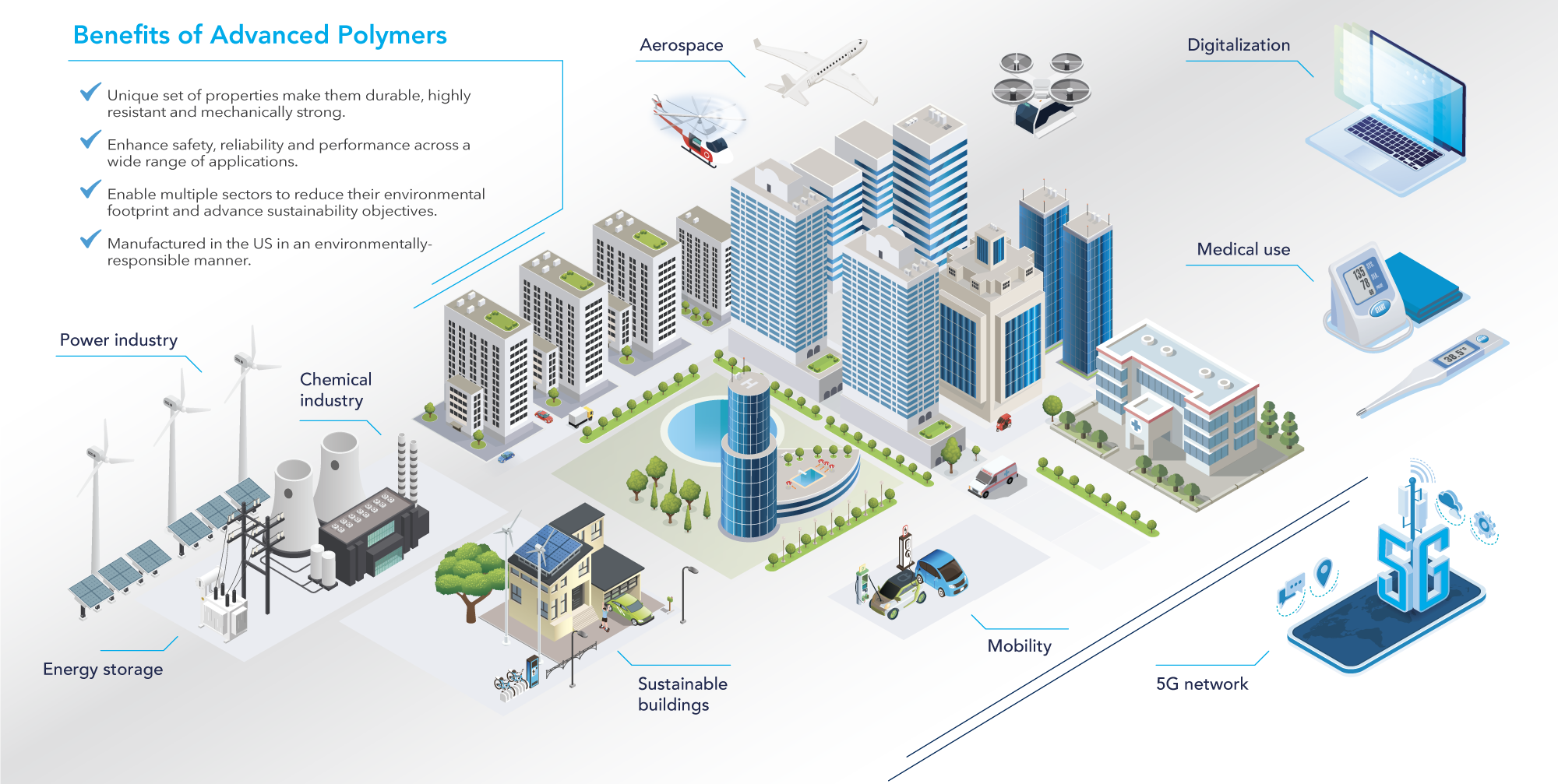
Graphic Design Trends To look out For
As we are approaching the halfway mark into 2021, it’s worth a moment to stop and smell the roses. Let’s take inventory to see where we’re at in the vast world of B2B communication design, especially with its trends that come and go throughout the year.
2020 was something special for all of us, to say the least. There is no denying that all the recent chaos has had an impact on design trends that were predicted at the start of this year. We’ll have a closer look at some, to see if we can figure out the fainting fads from those that are here to stick around for just a little longer.
Marketing Through Socially Conscious Graphic Design
Social unrest stemming from ever-growing inequality, unfair and unjust treatment of minority communities and general closed-mindedness overall are driving the need for companies to take a stance on socio-political issues. Rather than being a visual trend, this is more of a mindset change that has translated into more inclusive design and imagery. This means we’re seeing a lot more representation when it comes to ethnicity, gender, sexual orientation, body type, physical or mental limitations, age and socioeconomic status.

Resource suppliers like Unsplash and Pexels are great examples of how typical polished stock model photography is making way for more realistic human representation, embracing all of our differences, strengths and imperfections.
This is a trend that isn’t going anywhere and for good reason; it is up to marketeers and designers alike to create graphic design content that connects to its audiences on a deeper level and the only way to do that properly is to be inclusive.
B2B Clients Demand Sustainable Graphic Design

With the ongoing pressure over the current climate crisis and the increasingly severe problems we’re all facing because of it, more and more companies are setting concrete goals and actionable promises toward sustainable manufacturing and production.
Just like how compostable consumer goods packaging and eco-friendly labels are no longer exclusively for bioproducts, neither are sustainable design trends solely limited to “Save the whale” initiatives.
We all share a responsibility, and our designs have a huge impact on how these initiatives are being perceived. The Sustainable Development Goals initiative acts as a major contributor to these efforts and their rather simplistic and straightforward branding seems to favor, or at least integrates more easily, with a playful “naïvely crafted” style. This trend attempts to bring us closer to nature through designs that are more organic and evoke a sense of natural simplicity, bringing design back to its roots of being a tactile handcraft.
Next Level 3D in B2B Marketing
This isn’t so much a current trend, as the integration of three-dimensional graphics has been part of many a graphic designer’s portfolio for a fairly long time now, but ongoing technological advancements in graphics processing units have definitely facilitated the way 3D graphics can be created.

Add to that an ever-growing array of 3D applications, some even completely free, like Blender, and that infamously steep learning curve that frightened so many designers in the past seems to finally be flattening. Upcoming design tool Spline boasts about empowering the creation and publishing of 3D content online with ease, but the tool is seemingly still at a rather early stage in development. In addition to this, Adobe Aero promises to create augmented reality experiences without the need for complex coding, so it is worth keeping an eye on the public beta.

Flat Graphic Design 2.0
Even with 3D applications gaining substantial ground each year in our arsenal of tools, the flat trend is still here to stay. Flat design gained popularity rapidly when UI designers started switching to simplified visuals that broke with the skeuomorphism trend that mimicked real-life buttons and switches. Pretty much the entirety of the graphic design world followed suit overnight.

Graphic designers seem to constantly be on the lookout for new ways to add back some form of visual complexity to flat design, while still trying to maintain the charm and straightforwardness that makes it so effective. This can often be done by adding subtle textures or selective shadows and highlights or by integrating flat design elements with photos shot with dramatic perspective.

Pixels Turn to Voxels
Pixel art came back to life around 2015, after having laid dormant since the early nineties and it has been an ongoing staple of retro style design since then. With the surge of isometric design a few years later and the huge boom in voxel (volumetric pixel) graphics like those from the Minecraft universe and countless mobile apps, corporate comms designers are pushing old-school pixel art into the 3D realm.

Most isometric graphics in today’s corporate communications are found in infographics. The added dimension is a welcome evolution from flat design, which has been dominating this medium for a long time.

They add an extra level of depth on your plane to work with and have the benefit of not distorting due to perspective (the foreshortening of the axes is equal), as is the case with “real” 3D graphics. This creates picture-perfect graphics that work well with the usually more formal characteristics of corporate infographics.
Incorporate Blurs and Blends in Your Visual Marketing
Glass UI started showing itself in continuation of neomorphism. This in itself was an answer to skeuomorphic design, which dominated UI back when iPhones were still novel. This trend blends colors and layers through subtle blurs and layering, mimicking overlapping layers of milk glass.
Skeuomorphic design attempted to bridge the transition going from pressing physical buttons to interacting with touch screen objects that relied on taps, pinches and swipes instead. By the time most people had adapted and gotten used to these non-mechanical interactions, there was room to simplify (enter flat design). While isometric and 3D reintroduce us to depth, blurring and blending elements also

help create layered designs that allow for more nuanced transitions and integration of elements. The main difference with this trend, however, is that flat elements can still largely be present, in addition to the additional layers blurring and blending brings in to soften contrast and harmonizing elements.

Making Your Marketing Designs Shiny and New
As is the case with most trends, as soon as they are established as a trend, they start to lose relevance. Following trends can keep you from creating innovative designs but ignoring them can just as easily brand your work as outdated. As with most things, balance is key.
Expectations are rightfully becoming increasingly more demanding of innovative and fresh ideas to augment visual B2B communications. It’s not surprising that many clients will often hint toward a specific trendy style they want their agency to include in their work. However, if you choose to blindly follow suit you may find yourself pumping out soulless visuals that might as well be cheap stock downloads. It is up to designers to present a common ground between what’s currently trending and what’s original.
Our Mach Media team can help you find that common ground to take your communications beyond the current flavor of the month. As American businessman Steve Stoute once said, “trends come and go, but cool is forever.”
Looking for more marketing expertise?
Sign up for our newsletter
"(Required)" indicates required fields
YOU MAY ALSO LIKE…

How to add Video to your Digital Marketing Strategy
Digital marketing without video has become unthinkable. Now more than ever, marketers are using video to get their message across.
Read more
